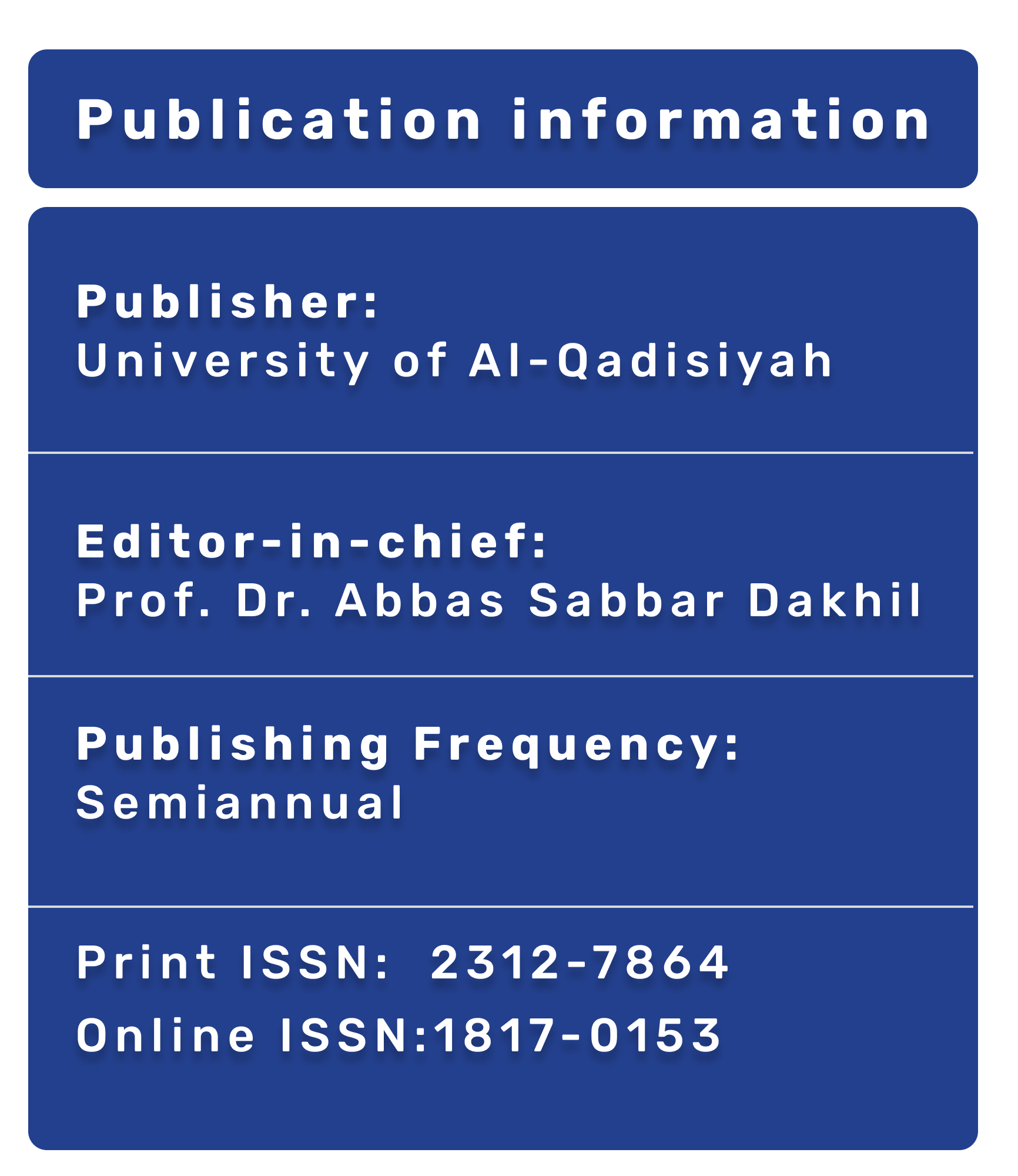Evaluation of Use Full Thickess and Split Thickness Skin Graft in Management of Congenital Hand Syndactyly
DOI:
https://doi.org/10.28922/qmj.2017.13.23.9-17Abstract
Background :
Hand syndactyly is the commonest type of congenital hand anomalies and its management is a real challenge to the surgeon and stimulate continous search for newer concepts and methods for restoration of function .
Aim of the study :
The objective of this study is to evaluate the use of full thickness and split thickness skin graft in reconstruction of congenital hand syndactyly and to compare between complications that occur in using these grafts and identify the proper ways of avoiding these complications.
Patients and methods:
The study involved 16 patients presented to the department of plastic and reconstructive surgery in the hospital of surgical specialties and Al-Wasity hospital. The patients were evaluated preoperativey by talking full history and examination of the hand systematically ,plain radiographic studies were performed and all patients were adviced to use web elastic splint postoperatively and the patients were followed up by regular visits following surgery.
Results :
3rd web space was the commonest space involved by syndactyly and hyperpigmentation was the most frequent complication reported when using F.T.G. although it was reported in some cases of S.T.G. Shrinking of skin graft and extension lag were more frequently seen when using S.T.G. while web creeping occur commonly when using F.T.G. Other compications like rotational ,derivation deformaties and morbidity of scar at donor and recipient sites were reported.
Conclusion :
Using F.T.G. and S.T.G. in reconstruction of syndactyly give acceptable functional results although both types have their own disadvantages.








